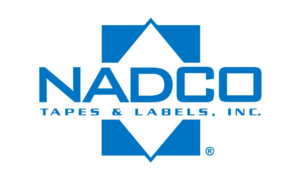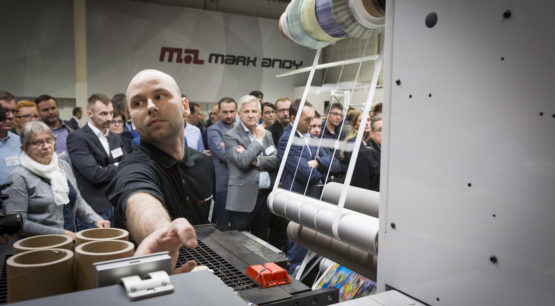
Why Mark Andy Service?
With the unique advantage of direct contact with the OEM engineers and manufacturers, Mark Andy technicians are not only efficient in analyzing and repairing issues that may arise, but are continuously discovering ways to improve your productivity and efficiency.
You're never too far from local support
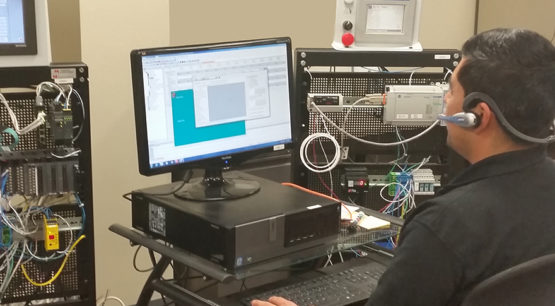
Remote Diagnostics
Virtual troubleshooting allows us to quickly identify the root cause and provide a better and faster way to resolve it.
How Can We Help?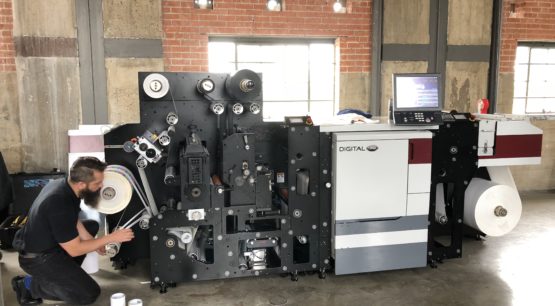
Press Repairs
As part of our commitment to ensuring your equipment is performing at its best at all times, our global team of regional technicians are easily accessible for on-site technical support.
Schedule Service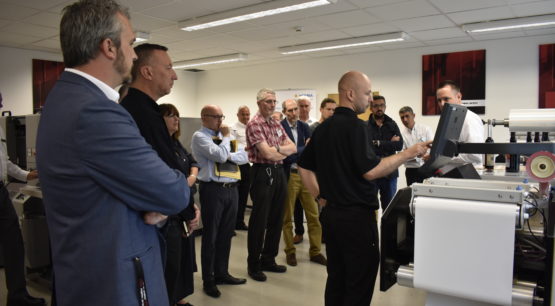
Planned Maintenance
Routine service offers you peace of mind, money savings and maximized uptime, allowing your presses to perform better and last longer. Our preventative maintenance services are designed to meet your specific needs and any budget.
Extend the Life of Your Equipment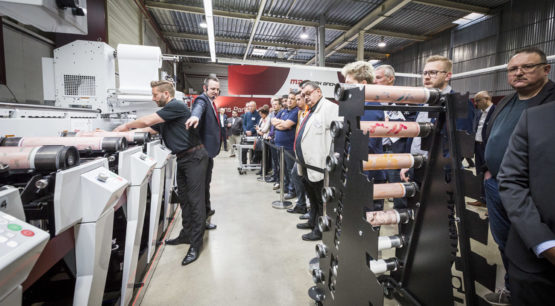
Press Moves
Relocation consultations is an area we excel in considering the high volume press moves we manage in our lean manufacturing facility and the frequent press installations that occur daily in pressrooms around the world.
Ready to Move a Press?Frequently Asked Questions
- Make sure all Idler Rolls are clean and rotating properly.
- Make sure that the web has not, inadvertently, been routed over a dead bar.
- If the press is equipped with a turn bar make sure there is adequate air supplied to the device and the air holes are not plugged. (60 PSI at 4 SCFM)
- Visually inspect the line shaft segments and couplings for obvious issues.
- Verify that the couplings are aligned properly. Each coupling should slide easily and completely onto the line shaft, if this is not the case loosen the coupling bolts and slide the complete coupling onto the line shaft and then retighten the coupling bolts.
- Once the coupling is aligned and tight slide the coupling into place, make sure the keys are in place and tighten the hub on the line shaft only. Do the same at the other end of the line shaft segment. At this point the line shaft should slide easily on the gear box input shafts, once this task is satisfied then center the line shaft segment and tighten the set screws. Complete these steps for all line shaft segments.
- If adjustments are made to the press level then the line shaft couplings should be rechecked.
- Observe the oil level and the cleanliness of the gear box oil.
- Make sure the gear box mount cap screws are tight and the locating pins are in place.
- Make sure all the cap screws affixing the flanges to the gear boxes are tightened properly. These flanges are load bearings that secure the input and output shafts. These cap screws tend to work loose initially with the heating and cooling of the gear boxes.
- Check the disc on the infeed pacing roll tension brake for excessive runout. This runout should not exceed 0.002″.
- Make sure the pulley that is driven from the line shaft and drives the waste wind-up is aligned properly. On occasion this pulley has migrated toward the gear box. IF this pulley is rubbing against the gear box flange bolts it will create press vibrations, registry issues, and print quality issues. This would not be an issue on servo driven systems.
- Most material ran in our presses have a temperature range they can run in. If this temperature is exceeded then there may be registration issues as a result. As the material exits the hot air drying tunnel or the UV lamp housing, using an infrared thermometer, measure the material temperature. If the temperature exceeds 100 degrees F. or 38 degrees C. you may need to consider lowering the drying temperature.
- If the UV lamps are the main source for drying on a press check to make sure the life of the UV lamp has not been exceeded. If their life has been exceeded they will not go out….instead they will produce more IR then UV which will over heat the material and not totally cure the ink. If the UV system is set to ramp in intensity with the speeds of the press, in most instances, 100% power should not be attained until the press is at 60% speed. If the ink is not thoroughly curing the normal tendency would be to increase the power, however if the maximum temp range of the material is exceeded there will be registration issues.
- Make sure pulleys are aligned and the drive belt is tracking properly.
- Make sure the drive belt is tensioned properly.
- Pulley Runnout should not exceed 0.002″
- The print cylinders should be checked for Runnout on their bearings. This Runnout should not exceed 0.0005″. The bearing quality is critical for fine process printing when ordering plate cylinders be sure to request quality bearings.
- The print cylinder gears can either be helical or spur gears and should not be less than a class 10 in quality and precision. Mark Andy would prefer that a class 12 gear be used.
- The printing plate durometer and the type of mounting tape used to mount the plates play a critical role in fine process printing. The customer should work with their vendors to find the best plate components for their products.
